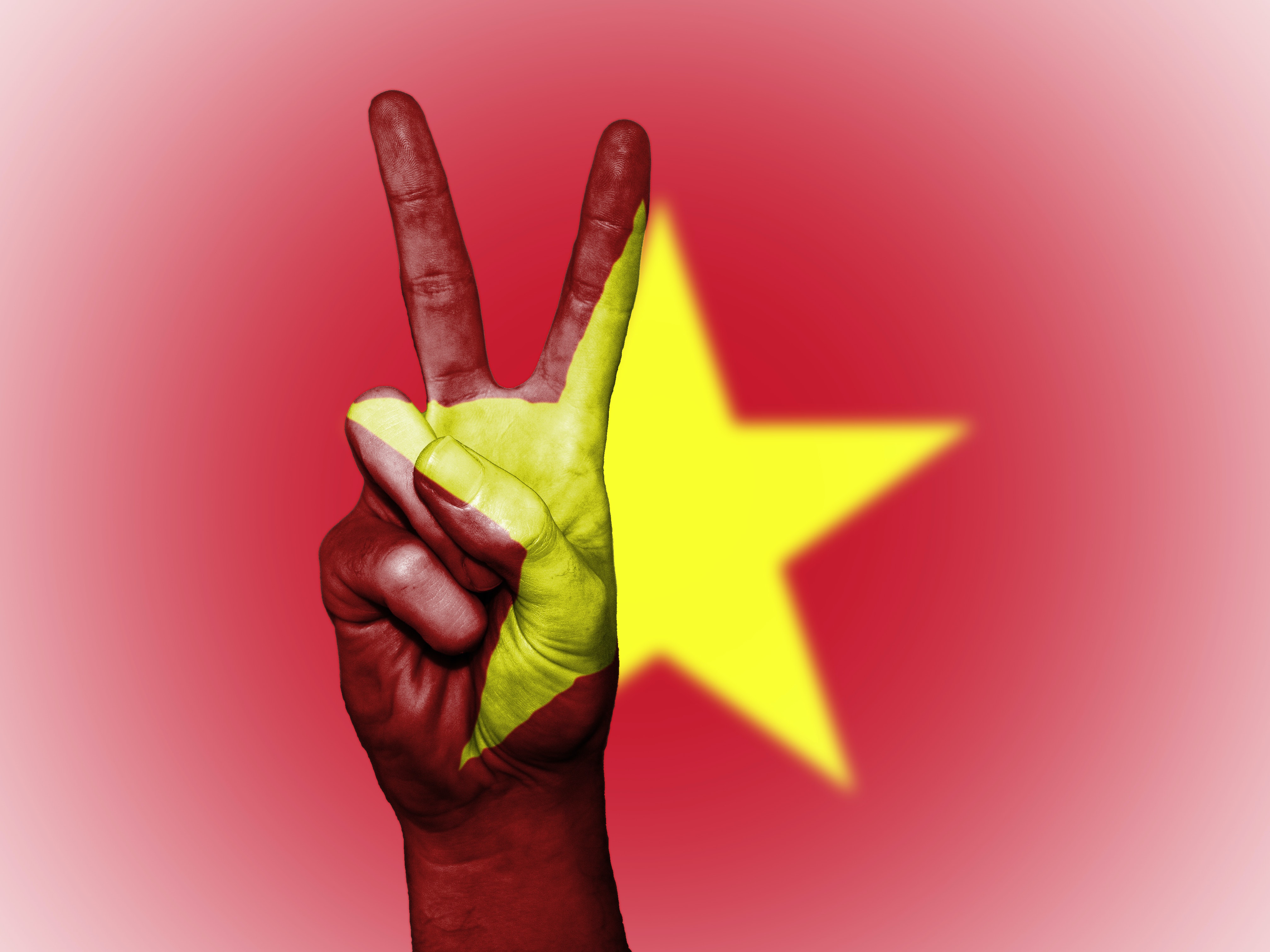Have you ever wished to visit a place where history and the present coexist in harmony, where bustling cities give way to peaceful countryside, and where your taste senses experience a gastronomic journey unlike any other? If you're looking for a fascinating destination that offers something for the adventurous solo traveler, go no further than Vietnam.
It doesn't matter if you're interested in history, cuisine, or adventure, Vietnam has everything for everyone, making it a great place for solo travelers. The best part is that... You'll meet warm-hearted residents who are willing to show you about their communities. Get comfortable, because we're about to begin on an adventure through the stunning scenery, delicious food, and unique experiences that await you in this enchanting Southeast Asian gem.

A nature heritage wonder of Vietnam
Travel Preparation
1. Visa Requirements and How to Obtain a Visa
Most nationalities require a visa to enter Vietnam. You can register online for an e-visa or a visa on arrival (VOA), both of which are valid for 30 days and can be extended, depending on your country of origin. For more information and to apply, please visit the official Vietnam e-visa website at (https://evisa.xuatnhapcanh.gov.vn). Be sure to submit your application at least a few weeks in advance of your trip to allow for processing and avoid any delays.
2. The Best Time to Visit Vietnam
Vietnam's varied climate means that, depending on the region, there is always the ideal time to visit. Between October and April, the north delivers cooler temperatures and fewer visitors. The best time to visit Central Vietnam is between February and May, when temperatures are pleasant and rainfall is minimal. From December to April, the southern regions, including Ho Chi Minh City and the Mekong Delta, are predominantly dry and sunny. However, even during the rainy season, Vietnam still offers an abundance of activities, and the verdant landscapes are a sight to behold.
3. Currency and Exchange Rate
The Vietnamese Dong (VND) is the currency in use. In May 2023, 1 USD is roughly equivalent to 23,485 VND. However, exchange rates fluctuate, so it is essential to verify the current rates prior to traveling. Cities and tourist destinations accept major credit cards, and ATMs are extensively available throughout the country. For minor purchases and when venturing off the beaten path, it is prudent to have some local currency on hand.
4. Language and helpful phrases
The official language is Vietnamese, but English is spoken in tourist areas and among younger locals. Learning a few simple phrases can improve your ability to communicate with residents and enrich your experience:
- Hello: Xin chào (sin chow)
- Thank you: Cảm ơn (kam uhn)
- How much? Bao nhiêu? (bow nyew)
- Delicious: Ngon (ngon)
- Where is...? Ở đâu...? (uh doh)
5. Travel Advice
When preparing for Vietnam, you should consider the climate and activities you intend to engage in. In a tropical climate, light, breathable clothing is optimal, but if you're traveling to the north during the cooler months, you should bring layers. A raincoat or poncho is required, because sudden rainfall is frequent, particularly during the rainy season.
Bring along a pair of comfortable walking shoes or sandals, a refillable water bottle, sunscreen, insect repellent, and a universal power adapter. A small first aid kit containing any necessary medications is also a wise precaution to take. Pack modest apparel that covers the shoulders and knees if you intend to visit religious sites. Remember that, if necessary, you can purchase the majority of items locally at reasonable prices.
Budgeting and Accommodation
1. Budget for a single day of travel
Vietnam is a budget-friendly location for visitors of all income levels. A $30-50 USD daily budget can cover basic accommodations, meals, and local transportation. Plan on spending $60-100 USD per day for a more comfortable stay or to incorporate activities and tours.
2. Price ranges and types of accommodations
Vietnam has a wide choice of accommodation options for solo travelers, ranging from inexpensive hostels to luxury hotels. Hostels and guesthouses normally cost between $5 and $15 USD per night, while mid-range hotels and homestays cost between $20 and $50 USD. High-end hotels and resorts begin at $60 USD and can go higher based on location and features.
3. Tips for locating and booking low-cost accommodations
Consider arranging hotels using reliable companies such as Booking.com, Agoda, or Airbnb to discover the best deals. Look for accommodations with positive reviews and in a convenient location. Traveling during the off-season or making a reservation in advance can also result in lower pricing. Negotiating is not something to be terrified of in Vietnam.
4. Considerations for safety and security
While Vietnam is generally safe for single visitors, precautions must be taken. Select accommodations that provide 24-hour reception, lockers, and secure entry. Keep an eye on your surroundings, especially in congested locations where pickpocketing can occur. Keep your belongings protected at all times, and carry a photocopy of your passport rather than the genuine one.
Transportation
1. Overview of Vietnam's options for transportation
Buses, railroads, taxis, scooters, bicycles, and domestic aircraft are among the different ways of transportation available in Vietnam. You can select the best mode of transportation for your journey based on your destination and preferences.
2. Public transportation suggestions
Buses are a cheap and widespread mode of transportation inside and between cities. When taking public transportation, be prepared for congested conditions and keep minimal change on hand for fares. Consider sleeper buses for overnight trips between cities. Always check the reputation of the bus company before booking and keep your stuff secure.
3. Renting a motorbike or bicycle
A motorbike or bicycle rental is a popular method to explore Vietnam at your own leisure. Motorcycle rentals are about $5-10 USD per day, whereas bicycle rentals are around $1-3 USD. Make sure you have a valid international driver's license and are confident with your riding abilities. Wear a helmet and obey all traffic laws in your area.
4. Traveling within the country by train, bus, or plane
Trains are a scenic and convenient mode of transportation between major cities. Pre-purchase tickets through the Vietnam Railways website or a trustworthy travel agent. Consider domestic flights with companies such as Vietnam Airlines, VietJet Air, or Bamboo Airways for longer distances or to save time.
5. Walking through cities and towns
Walking is an excellent way to discover Vietnam's cities and towns. However, keep an eye out for chaotic traffic, especially when crossing roadways. Follow the locals' lead, keep a steady speed, and make eye contact with drivers to stay safe. To help you find your way around, use maps or navigation programs such as Google Maps or Maps.me.
Must - Visit Destinations
1. Hanoi
- Key attractions and experiences: Discover the Old Quarter's small lanes, pay a visit to the Ho Chi Minh Mausoleum, and enjoy a leisurely stroll around Hoan Kiem Lake. Visit the Temple of Literature and see a traditional water puppet presentation.
- Local cuisine and street food: Sample Hanoi's famous pho, bun cha (grilled pork and noodles), and crispy banh mi.
Noted: There are still many different food awaits you to explore

Hanoi - The capital of Vietnam
2. Ha Long Bay
- Cruises and boat tours: Take a day or overnight trip through the magnificent limestone karsts and emerald waters of Ha Long Bay. Options range from low-cost to high-end vessels.
- Activities and day trips: Spend a day for kayaking, swimming, and cave exploration, as well as visits to local destinations like Cat Ba Island and Bai Tu Long Bay.

Ha Long Bay - A nature heritage wonder of Vietnam
3. Sapa
- Trekking & homestays: Take guided treks through terraced rice fields and minority settlements to immerse yourself in Sapa's beautiful sceneries. Stay with a local family for a very authentic cultural experience.
- Cultural experiences: Visit the vibrant Bac Ha market, learn about the H'mong & Dao ethnic groups, and enjoy traditional music and dance performances.
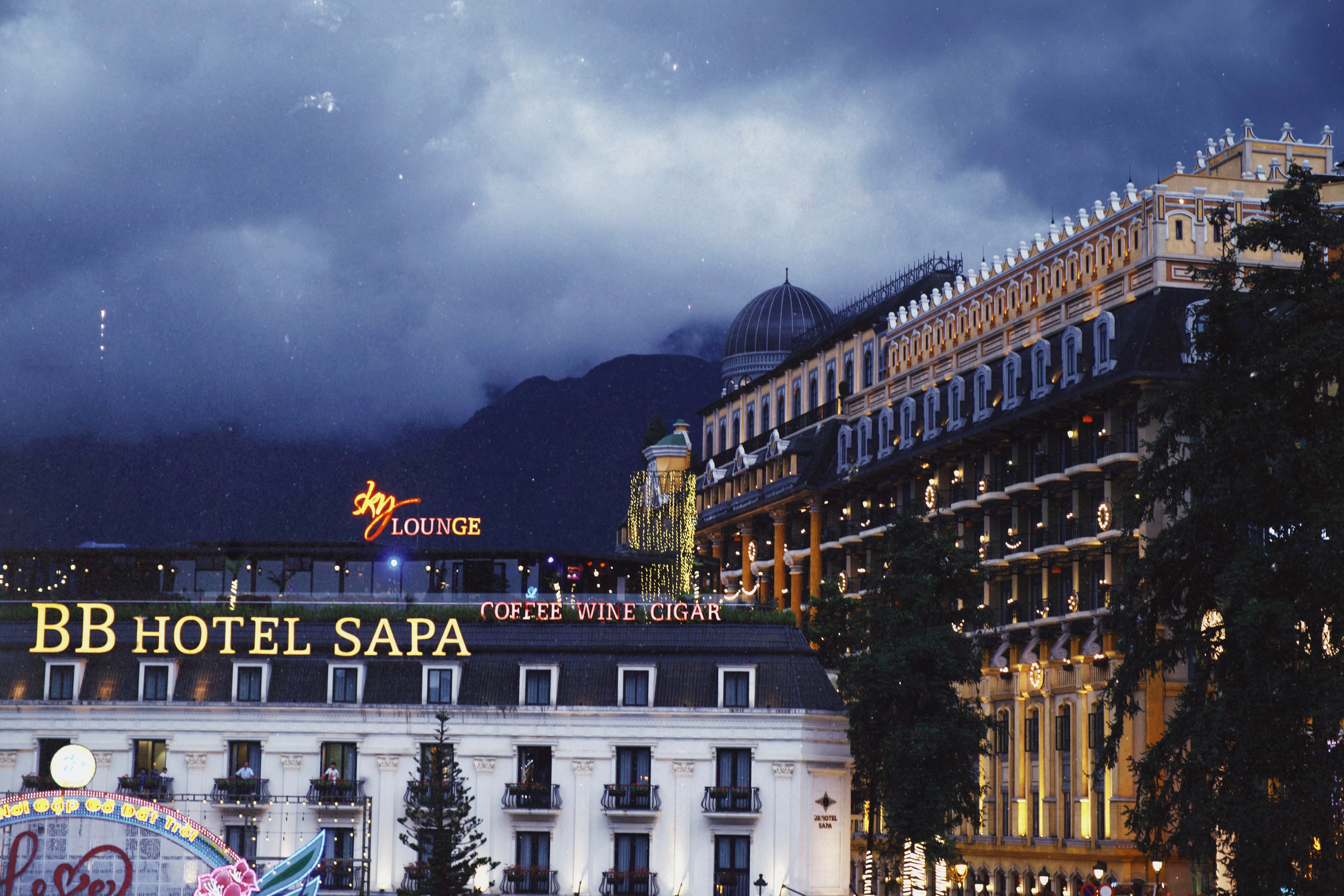
Sapa - A romantic land of the North West of Vietnam
4. Hue
- Historical sites and imperial city: Visit the Imperial City, the Royal Tombs, and the Thien Mu Pagoda by boat along the Perfume River.
- Scenic countryside: Discover lovely villages, luscious rice terraces, and the breathtaking Hai Van Pass.

Hue - An ancient imperial land of Vietnam
5. Hoi An
- Ancient town and architecture: Explore the lantern-lit streets of Hoi An's Ancient Town, which has been classified as a UNESCO World Heritage Site. Admire the Japanese Covered Bridge as well as the antique merchant houses.
- Beaches and nearby attractions: Relax on An Bang or Cua Dai beaches, or visit local sights such as the My Son Sanctuary or the Marble Mountains.
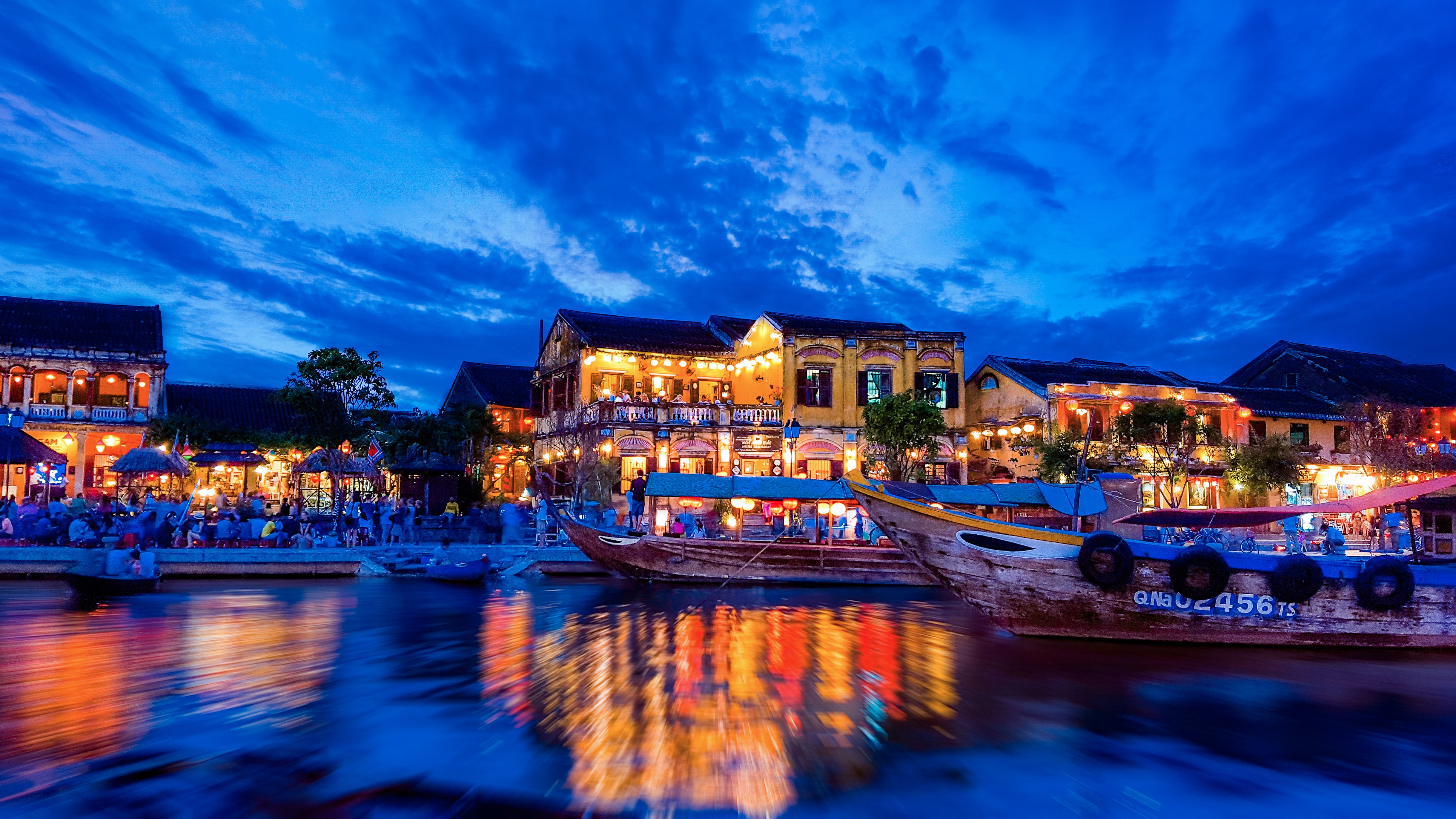
Hoi An - An ancient international trading port of Vietnam and also an UNESCO cultural heritage
6. Ho Chi Minh City (Saigon)
- Vibrant city life and historical landmarks: Visit the War Remnants Museum, the Reunification Palace, and the Notre-Dame Cathedral Basilica. Also visit bustling markets such as Ben Thanh and Binh Tay.
- Food, shopping, and nightlife: In neighborhoods such as Bui Vien and Pham Ngu Lao, sample the city's rich culinary scene, shop for souvenirs, and enjoy bustling nightlife.
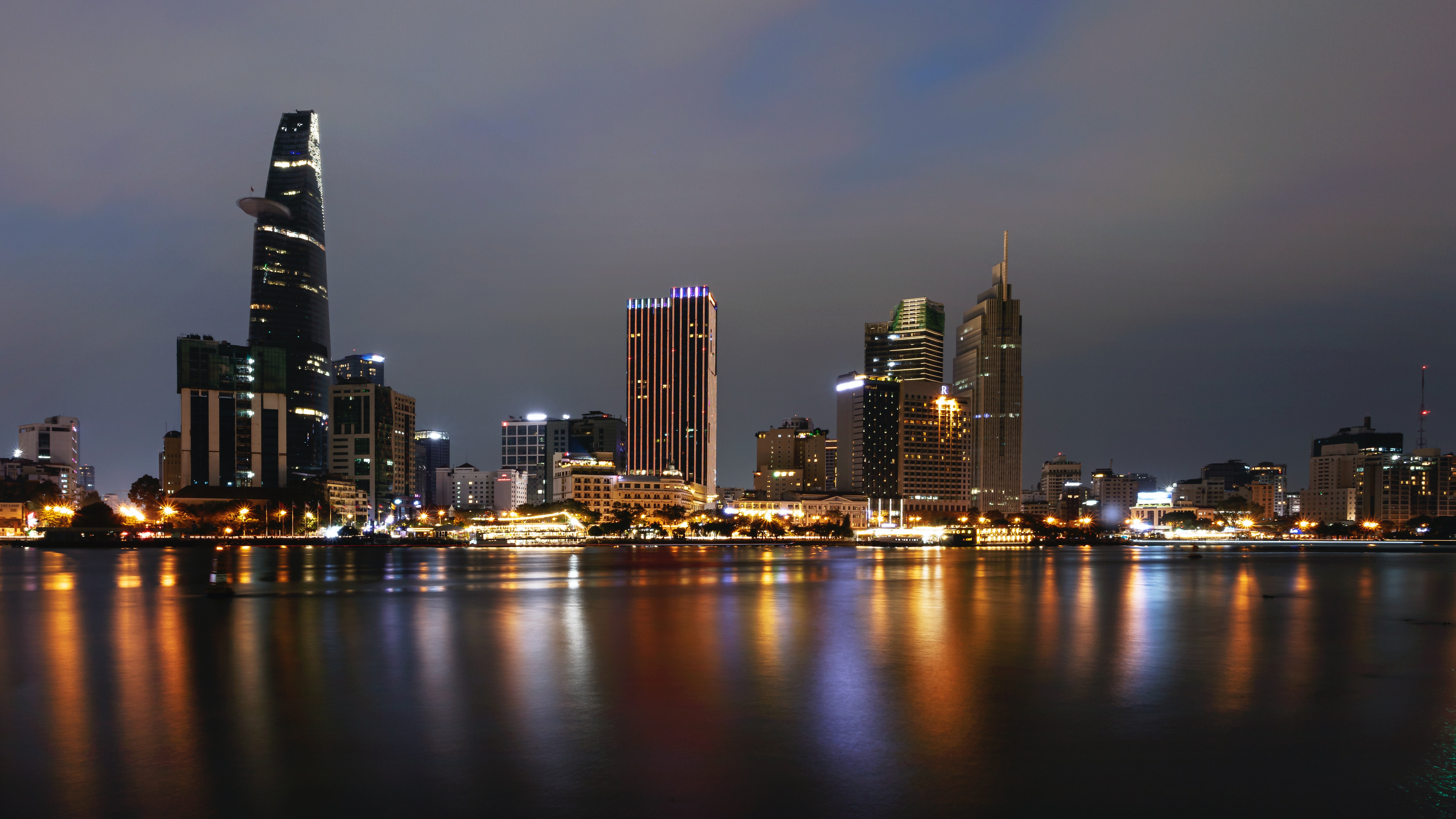
Ho Chi Minh City is the largest city of Vietnam
7. Mekong Delta
- River cruises & floating markets: Take a boat trip through the Mekong Delta's network of canals and see the bustling floating marketplaces at Cai Rang and Phong Dien.
- Local culture and rural life: Visit traditional villages, fruit orchards, and cottage industries to get a taste of Mekong Delta rural life.
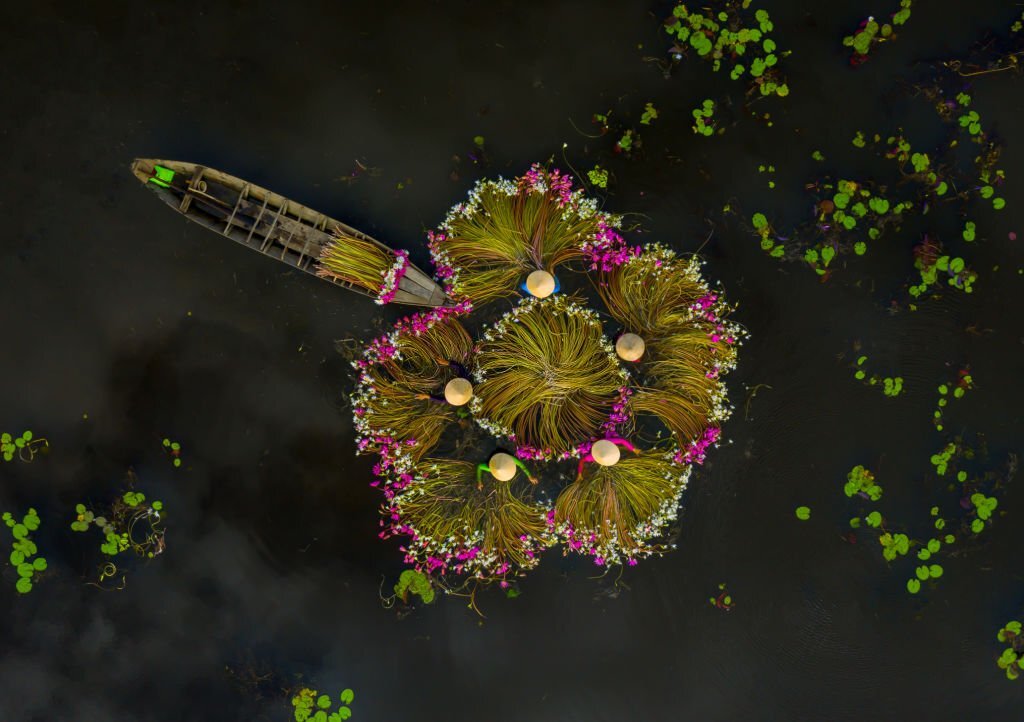
Mekong Delta - land of rivers and waterways
Vietnamese Cuisine
1. Introduction to Vietnamese cuisine and its regional variants
Vietnamese cuisine is distinguished by its use of fresh ingredients, vibrant flavors, and a delicate balance of flavors. It focuses heavily on herbs, veggies, and rice or rice noodles. Northern Vietnam is recognized for its light, delicate flavors, Central Vietnam for its spicy, robust cuisine, and Southern Vietnam for its sweeter, richer fare.
2. Must-try dishes and where to find them
- Pho: is a fragrant noodle soup made with meat or chicken, fresh herbs, and lime juice. It may be found all over the country in street stalls, local eateries, and restaurants. Visit Pho Gia Truyen or Pho 10 Ly Quoc Su in Hanoi.
- Banh mi: A crispy baguette stuffed with paté, cold cuts, pickled veggies, and chili sauce. On street corners, notably in Hanoi and Ho Chi Minh City, look for banh mi stalls. In Hoi An, try Banh Mi Phuong or in Hanoi, Banh Mi 25.
- Bun Cha: Grilled pork served with rice noodles with herbs and a dipping sauce. Local eateries such as Bun Cha Huong Lien and Bun Cha Dac Kim serve this Hanoi staple.
- Banh Xeo: Crispy rice flour pancakes stuffed with shrimp, pork, and bean sprouts. Enjoy it in the south, notably in Banh Xeo 46A or Banh Xeo An La Ghien in Ho Chi Minh City.
- Cao Lau: A Hoi An specialty containing thick rice noodles, pork, and local greens. It's available at Hoi An restaurants like Cao Lau Thanh and Morning Glory.
3. Street food culture
Street food is an important element of Vietnamese culture, providing cheap and excellent meals at every turn. The streets are lined with food stalls, carts, and open-air local eateries (known as "quán ăn"), especially in bustling marketplaces and popular areas.
Follow these guidelines when trying street food:
- Look for crowded stalls with a high client turnover because this signals freshness and quality.
- Use the utensils and napkins provided, and avoid handling the meal with your hands.
- Expect modest plastic stools for communal seating.
- Carry small change for payment and keep your personal stuff in mind while eating.
4. Vegetarian and vegan options
Because of the influence of Buddhist cuisine and the abundance of fresh food, Vietnam has plenty of vegetarian and vegan options. By removing fish sauce or meat, many recipes can be made vegetarian. Look for "chay" (vegetarian) signs at restaurants or go to a vegetarian restaurant.
Among the most popular vegetarian recipes are:
- Bun Chay: A meatless variation of Bun Cha that uses tofu or mushrooms instead of pork.
- Pho Chay: Tofu, mushrooms, and veggies in a vegetarian broth.
- Steamed rice rolls stuffed with mushrooms and vegetables, known as Banh Cuon Chay.
- Com Chay: A savory vegetarian rice dish with tofu, veggies, and soy sauce.
5. Suggestions for locating authentic and reasonably priced meals
- Follow the locals: If a restaurant is busy with locals, it is likely to be tasty and reasonably priced.
- Don't be afraid of street food: street booths serve some of the greatest and most authentic Vietnamese meals.
- Eat at markets: Wet markets and night markets offer a large selection of low-cost foods.
- Make use of food apps and blogs: To identify highly rated restaurants, read local food blogs and use apps like Foody, TripAdvisor, BAEMIN, Grab Food or Be Food
- Learn some basic Vietnamese culinary words to assist you in ordering and discovering new foods.
Solo Travel Tips and Safety
1. Making friends and socializing with locals and other travelers
- Stay at social accommodations: Select hostels or guesthouses that provide common areas where you can meet other visitors. Look for accommodations that have received positive feedback for their social atmosphere.
- Participate in group activities: To meet new people and create new friends, take part in group tours, cooking lessons, or language exchanges.
- Use meetup apps and websites: Local events and meetings can be found through platforms such as Meetup.com, Couchsurfing, and Facebook groups.
- Be open and approachable: Smile, show real interest in others, and don't be afraid to strike up conversations with residents and tourists alike. Basic Vietnamese phrases can also help you break the ice.
2. Staying safe and avoiding common scams
- Research common scams: In Vietnam, popular scams include overcharging for taxi trips, unregistered tour companies, and counterfeit money.
- Use reputable services: Book excursions, transportation, and lodgings through trusted operators, and read reviews from other travelers.
- Protect your belongings: Keep your valuables secure in a money belt or hidden pouch. Use lockers or safes at your accommodations, and avoid flashing expensive items in public.
- Keep an eye on your surroundings: Be cautious when walking alone at night, especially in less crowded regions. Avoid taking rides from strangers and stick to well-lit streets.
- Trust your instincts: If something doesn't feel right, get out of the situation and seek help if required.
3. Health precautions and travel insurance
- Get travel insurance: Purchase comprehensive travel insurance that covers medical expenses, trip cancellations, and lost or stolen belongings.
- Vaccinations and medications: Consult your doctor before your trip to ensure you're up to date on necessary vaccinations and have any required medications or prescriptions.
- Food and water safety: Stick to bottled or purified water, and avoid ice in drinks. Choose freshly cooked food from busy vendors with a high turnover.
- Carry a first aid kit: Pack a basic first aid kit with essential items such as band-aids, pain relievers, and any personal medications.
- Be cautious with alcohol: Drink responsibly and never accept drinks from strangers. Be aware of the risk of fake or tainted alcohol, particularly at informal drinking establishments.
4. Cultural etiquette and respecting local customs
- Dress modestly: Respect local customs by dressing modestly, especially when visiting religious sites or rural areas. Cover your shoulders and knees and remove your shoes when entering temples or pagodas.
- Show respect to elders: In Vietnamese culture, elders are highly respected. Offer them your seat on public transportation or wait for them to eat first at shared meals.
- Avoid public displays of affection: Public displays of affection are generally frowned upon in Vietnam. Keep physical contact to a minimum, particularly between opposite genders.
- Learn local customs: Take the time to familiarize yourself with Vietnam's customs and traditions, such as not pointing your feet towards others or respecting the practice of ancestor worship.
5. Useful apps and resources for solo travelers in Vietnam
- Google Maps: Essential for navigating cities and towns, Google Maps also offers offline functionality.
- Maps.me: An offline map app that provides detailed maps of Vietnam, including hiking trails and remote areas.
- Foody.vn: A popular food discovery app that offers restaurant listings, reviews, and delivery services in major cities.
- Grab: A ride-hailing app similar to Uber, Grab offers taxi, motorbike, and food delivery services in Vietnam.
- XE Currency Converter: An easy-to-use currency conversion app to help you manage your budget and understand local prices.
- Google Translate: Useful for translating Vietnamese phrases or understanding menus, Google Translate also offers offline functionality and a camera translation feature
Accepting the challenge of solo travel in Vietnam will certainly result in wonderful moments and personal growth. You'll experience the beauty and charm that make this country so appealing as you explore the bustling streets, enjoy the delicious cuisine, and immerse yourself in the rich culture. Along the way, you'll make new acquaintances with locals and other tourists alike, creating friendships that transcend the globe.
Solo travel in Vietnam offers limitless options for adventure and self-discovery. You'll be well-prepared to make the most of your journey if you follow the suggestions and advice offered in this blog. So pack your bags and prepare for an exciting vacation in Vietnam, where unforgettable experiences and lifelong memories await. Safe travels, and have fun exploring this enchanted land!
HoaBinh Tourist hopes the above sharing will bring you a lot of useful information to help you have more interesting experiences for your trip. If you have any questions, please contact us via hotline: 0913.311.911 - 0939.311.911 for 24/7 advice and support.
